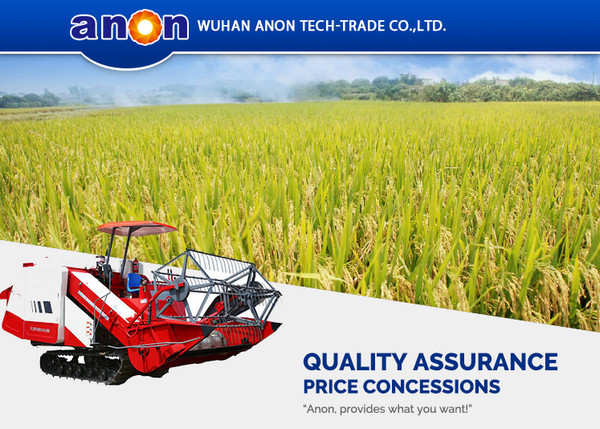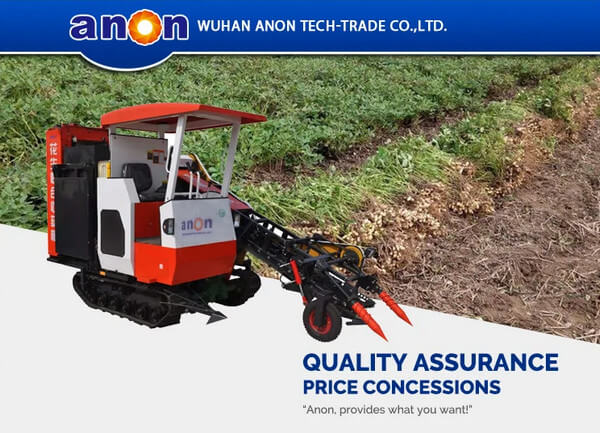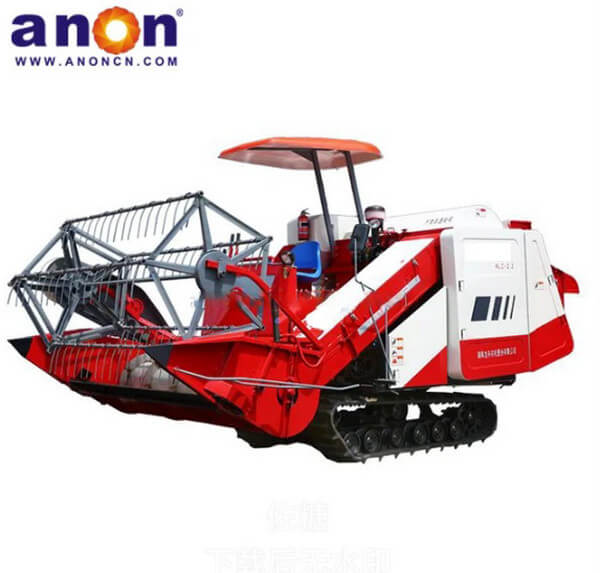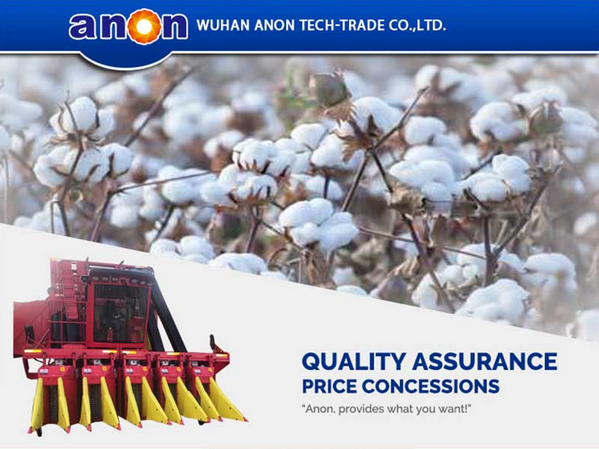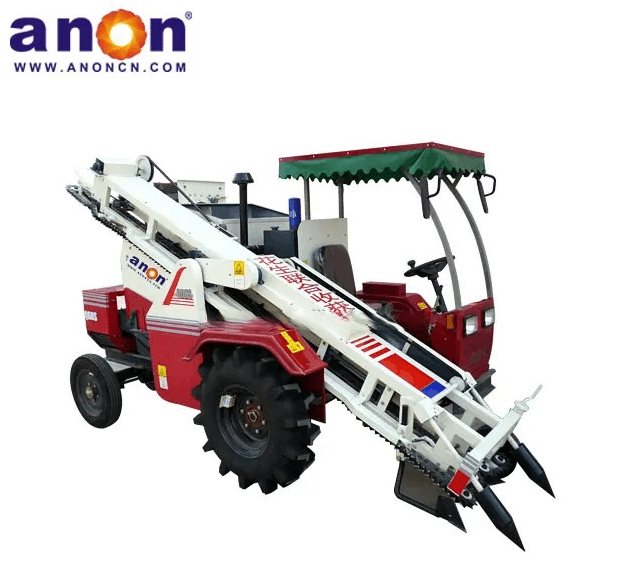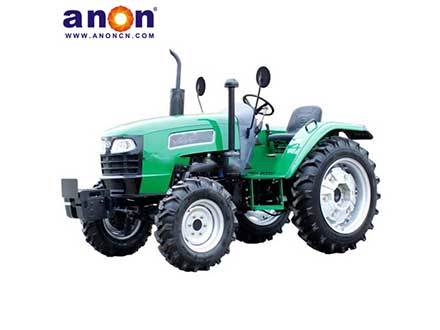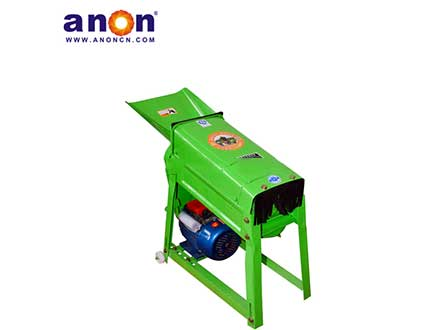Introduction
Corn is a common crop whose cultivation requires a lot of labor and time, especially during harvesting.
To solve this problem, the harvester came into being.
Corn harvester is a kind of agricultural equipment that realizes mechanized harvesting of corn.
So, what is the internal working principle of a corn harvester?
How does it harvest corn from the cob?
This article will introduce in detail how the corn harvester works and how it can bring convenience and advantages to farmers.
Structure of Corn Harvester
First, before understanding how the harvester works,
What do we need to know about the basic structure of a corn harvester?
It mainly consists of a header, a conveying device,
It consists of a peeling device, granary, straw processing device, etc.
Heading table: used for cutting corn stalks. It consists of a cutter, a guide plate, a crop support frame, etc.
Conveying device: used to convey corn ears to the peeling device.
It consists of a conveyor chain, conveyor roller, conveyor plate, etc.
Peeling device: used to peel off the bracts and ear stems from the corn ears.
It consists of a rotary cutting roller, a pressing device, a rotary cutting plate, etc.
Granary: used to collect peeled grains.
Straw processing device: used to process corn straw.
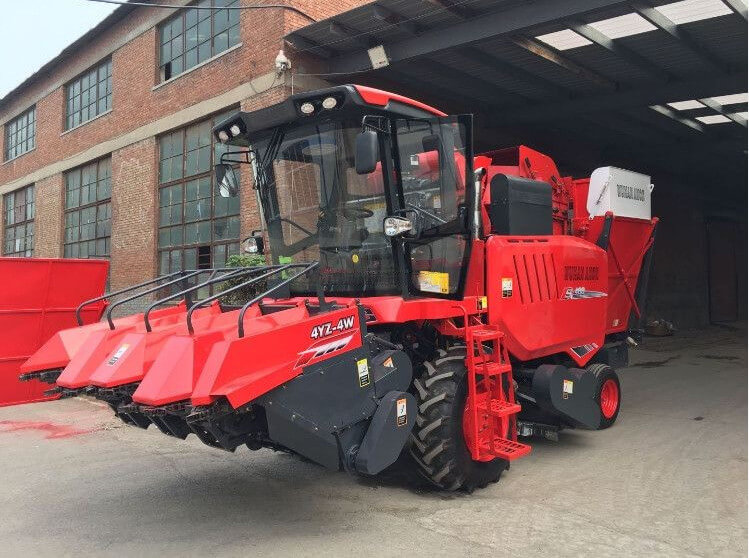
How the Corn Harvester Works
Once we know the basic structure of a harvester, we need to understand in detail how this machine works. The corn harvester is mainly composed of a cutting system, a conveying system, and a processing system. When a farmer drives a corn harvester into a field, the harvester automatically performs the following steps:
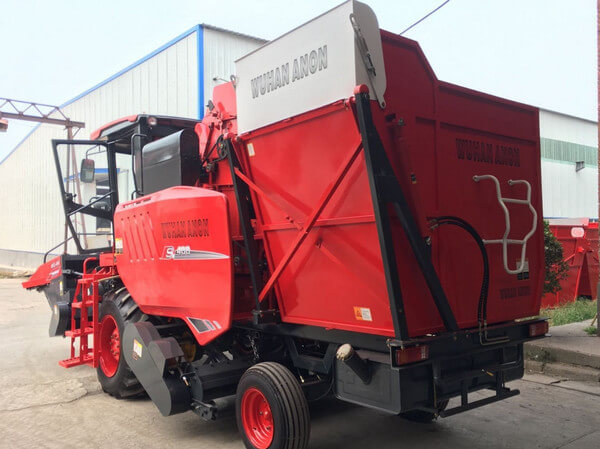
Step 1: Cutting
First, the cutting system uses rotating blades or saws to cut the corn plant’s stalks. These blades are typically located at the front of the harvester, ensuring efficient cutting of the cobs as they travel. The cut cobs are then picked up by a conveyor system and transported to the rear. This conveyor system typically includes a conveyor belt, chain, or other device that steadily moves the cobs into position on the processing system.
Step 2: Threshing
The processing system is responsible for separating corn kernels from other parts of the corn plant. One common treatment is to separate the cobs from the kernels through friction or vibration.
Specific methods include the use of rotating cylinders, dithering filters, or airflow.
Step 3: Straw disposaling
The third step is straw disposal. Corn harvesters typically handle straw in three ways: crushing it and returning it to the field to improve soil fertility. Baling it for recycling or simply stacking it in the field allows for resource reuse. You can choose the straw disposal method based on your needs.
How a Harvester Harvests Corn?
So, after going through the above detailed working principle of the harvester, how do we use a corn harvester to remove corn from the cob?
Corn harvesters use peeling rollers to remove corn from the cob. The peeling roller consists of two rollers with a certain gap between them. When the corn ear enters the peeling roller, the bracts and ear stalks of the corn ear will be squeezed off by the gap between the rollers. The seeds will be brought to the peeling board by the roller for peeling.

The following are the specific steps:
Step 1:
Likewise, the harvester cuts the stem of the corn plant first to harvest the entire cob.
Step 2:
Inside the combine, the corn cobs are processed through a thresher to remove the kernels.
At the same time, the destemming system separates the cobs from the kernels.
Step 3:
Finally, the cleaning system removes the remaining residue and waste, while the harvester’s storage system stores the harvested corn kernels into containers.
Harvester maintenance
After farmers use the harvester, the most important thing is to perform regular maintenance. To extend service life, maintenance mainly includes the following:
Cleaning: After the harvesting operation is completed, it should be cleaned in time to remove residual corn stalks and debris.
Lubrication: According to the operating instructions of the harvester, lubricate all parts regularly.
Inspection: Regularly check the connection status of each component to detect and eliminate faults on time.
Wrap Up
By understanding how a harvester works and the benefits it brings, you can better understand how to choose to buy and use a harvester.
Farmers can harvest more easily and increase yields and profits while maintaining quality.
With the advancement of technology and the continuous upgrading of agricultural tools,
Different types of combine harvesters provide different functions.
If your farm needs to purchase a suitable small harvester or combine harvester, you can consult us directly.
I believe that the ANON platform can provide you with satisfactory solutions.
FAQ
What are the harvesting costs for corn?
What are the harvesting costs? Starting in 2023, custom combine rates for both corn and soybeans will increase, with the harvesting cost per acre for corn increasing from $34.91 to $36.97, and for soybeans from $34.83 to $35.94.


